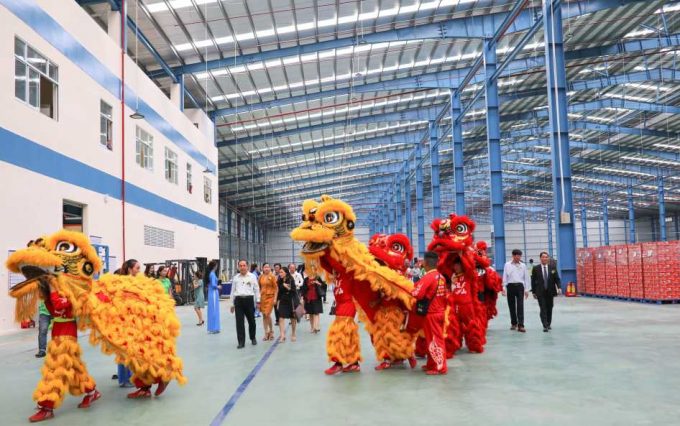No place to hide for container shipping investors as Q2 earnings calls loom
Clouds gathering

Flexport has partnered with Vietnam’s Indo Trans Logistics (ITL) to open a new container freight station (CFS) outside Ho Chi Minh City.
Located in Thu Dau Mot City, around 30km from the southern commercial capital, the cross-dock facility will serve as a vital hub for Flexport’s ...

Comment on this article
Andreas Koût
November 07, 2019 at 2:51 pmOnce again in the headlines, this cmpany seeks to be in the news, otherwise
simply it cant survive.
The message itself is nothing new to the market and as a matter of fact
there are some global freight forwarders who do a more efficient,professional
job without publishing it.
Until yet we simply do not really see any differentation between Flexport and
some global freight forwarders, maybe the only difference lies in,that they havent pick-up so much funds from investors,however the question remains if the Flexport can ever pay this back or amortize investments made. They still lack a hell of Teu´s+airfreight tonnages towards todays Top 10 global freight forwarders in rankings.
regards